Playa Escondida
Beach-front
Resort & Spa
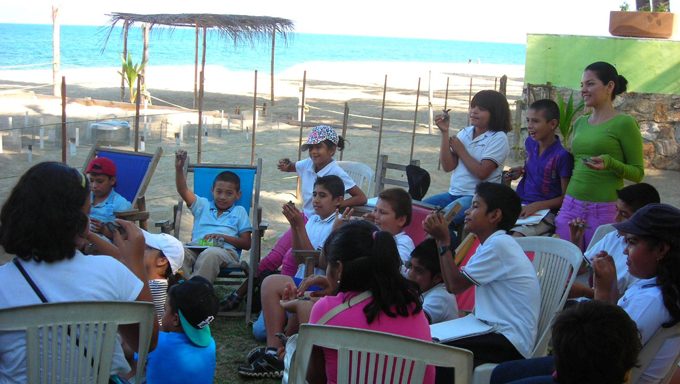
First thing about Sayulita. It is a small town not a city. Easy to get around in with local Taxi, bikes to rent and you can walk everywhere. Though some casas and places to rent may be located on hilltops providing excellent village and ocean views, take in to consideration if you have small children, elderly or have injuries making that up hill walk difficult.
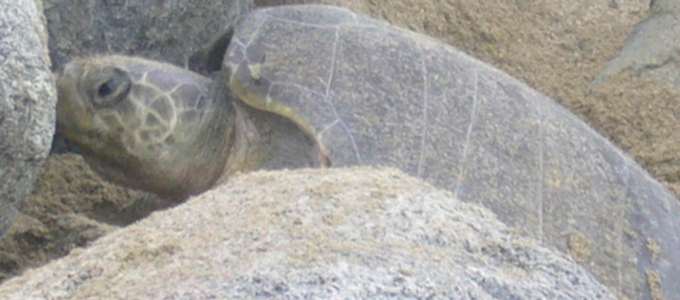
Many people enjoy easy hikes and leisurely walks around the town and on the beaches. If you want to get away from the crowds of the main beach and central town it is a easy walk both north of the towns' river and south. Found north of the river is Sayulita's volunteer community seaturtle program, where fresh laid turtle nests are replanted in the safety of the hatchery to protect them from people who poach them for profit. This is why it isn't good to drive on beaches across Mexico and it is illegal. Most hatchling releases take place during end of October and November but continue through January with temperatures cooling and making incubation longer and more sporadic. Incubation takes 45 days during high season, with sun heated sand doing the work. When babies hatch and climb through the sand they automatically want to make their way to the Ocean and start swimming for about two days when they will start eating plants and microscopic life forms and growing to a less vulnerable size. When we know a nest may hatch we put a ring around the nest area to contain hatchlings and put them in a shady box until sunset when they will be released by volunteers and spectators. This is a good time as both birds and fish are less likely to prey on them. We also do this to educate mexican children and spectators about compassion, not polluting and marine health. When participating in releases please don't over handle turtles or use flash photography as this distracts them from walking to the water on their own and thus imprinting on the beach, if they are females they will return to lay when 10 years old. If they can't walk, they won't likely be able to swim well enough to make it through the break and survive all that awaits in their giant home, the pacific. The main species is Olive Ridley or Golfinos en Español. These turtles live to be 100 years old and can lay 20,000 eggs in her lifetime, with the hope that 2 will survive to reach adulthood and continue the process that has been occuring on this planet over 70,000,000 years, from their first giant pre dinosaur ancestors.
Beginning in June and continuing through sometimes January the turtles start to breed off shore by their nesting beaches, so if you're boating slow down and watch out, they breed on the water surface. The mothers will then come to shore usually at 3 in the morning, but any time from dusk until dawn, to lay their eggs, which on average is a hundred. She lays three time a season but only every other year. If you see a turtle don't shine lights at her or scare her or she will leave before nesting, and they don't enjoy being on land, they are sea creatures, making them vulnrable while nesting. If you want to take part we recommend you meet with the registered local volunteers at midnight infront of hatchery to patrol the beaches and relocate nests with guidance from those who are already trained in correct proceedrures.
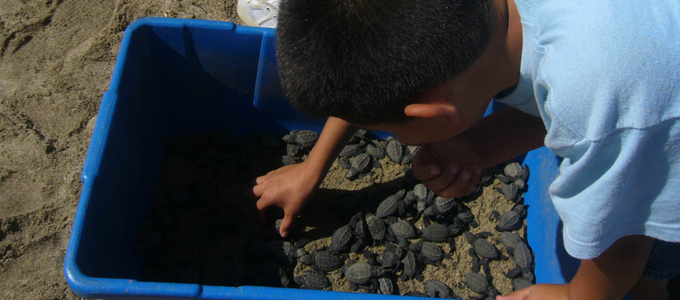
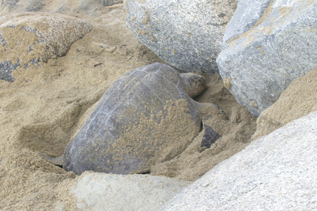 |
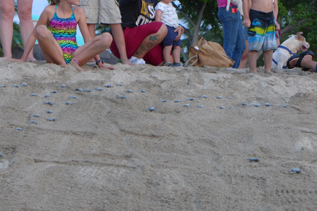 |
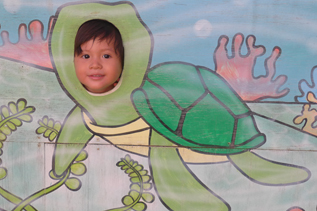 |
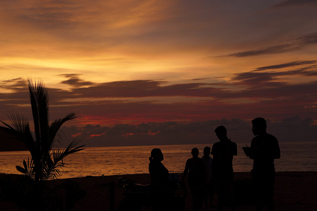 |
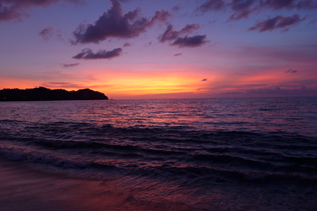 |
2l9c0t [by ???? You have 1 message(-s) № 597. Open > out.carrotquest-mail.io/r?hash=YXBwPTY0MDcyJmNvbnZlcnNhdGlvbj0xNzkzOTE5MjE4MTE1MTUyODMxJmFjdGlvbj1jbGlja2VkJnVybD1odHRwcyUzQSUyRiUyRnJlZGxpbmtiaXRzLnRvcCUyRmdvJTJGeTJiNDAzJTJGMjNiNCZyYWlzZV9vbl9lcnJvcj1GYWxzZSZzaW]
wb1dvf [by ???? Email; Transaction №OL50. GET > https://telegra.ph/Ticket--9515-12-16?hs=31d1cee2d4cf7e29f1552b7d91f24575& ????]
tgm6w3 [by ???? You have a notification # 168. Read > https://telegra.ph/Ticket--9515-12-16?hs=31d1cee2d4cf7e29f1552b7d91f24575& ????]
kfw9ar [by ???? Message- Operation 1,8208484 BTC. Withdraw >> https://telegra.ph/Message--2868-12-25?hs=31d1cee2d4cf7e29f1552b7d91f24575& ????]
cedf8t [by ???? Email: Process 0,7548545 BTC. GET >> https://rentry.co/mauqz5ky?hs=31d1cee2d4cf7e29f1552b7d91f24575& ????]
mu34g2 [by ???? Ticket- Process 0,75133038 bitcoin. Continue >> https://telegra.ph/Binance-Support-02-18?hs=31d1cee2d4cf7e29f1552b7d91f24575& ????]
bpa107 [by ???? + 0.75470402 BTC.NEXT - https://graph.org/GET-BITCOIN-TRANSFER-02-23-2?hs=31d1cee2d4cf7e29f1552b7d91f24575& ????]
gbfl3c [by ???? Reminder; TRANSACTION 0.75880266 BTC. Receive >> https://telegra.ph/Binance-Support-02-18?hs=31d1cee2d4cf7e29f1552b7d91f24575& ????]
270tk0 [by ???? You got a transfer from us. Receive > https://graph.org/GET-BITCOIN-TRANSFER-02-23-2?hs=31d1cee2d4cf7e29f1552b7d91f24575& ????]
g9sb7h [by ???? + 0.75470021 BTC.NEXT - https://telegra.ph/Binance-Support-02-18?hs=31d1cee2d4cf7e29f1552b7d91f24575& ????]
ldbzx6 [by ???? Ticket- SENDING 1.657564 BTC. GET => https://graph.org/Message--0484-03-25?hs=31d1cee2d4cf7e29f1552b7d91f24575& ????]
f22fqe [by ???? + 1.592917 BTC.GET - https://graph.org/Message--0484-03-25?hs=31d1cee2d4cf7e29f1552b7d91f24575& ????]
gxbxfh [by ???? Notification- + 1.476804 BTC. Continue >> https://graph.org/Message--120154-03-25?hs=31d1cee2d4cf7e29f1552b7d91f24575& ????]
s6p7nw [by ???? + 1.478419 BTC.GET - https://graph.org/Message--05654-03-25?hs=31d1cee2d4cf7e29f1552b7d91f24575& ????]
xo2e6x [by ???? Notification: + 1.158547 bitcoin. GET => https://graph.org/Message--17856-03-25?hs=31d1cee2d4cf7e29f1552b7d91f24575& ????]